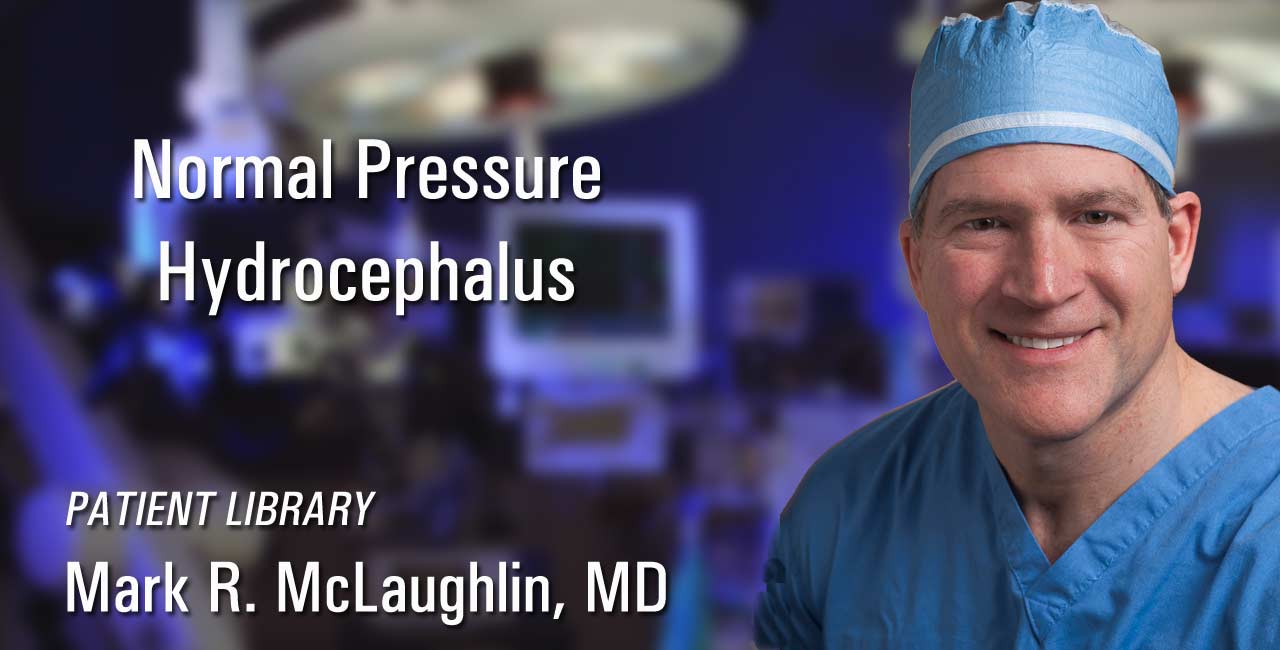Normal Pressure Hydrocephalus

Understanding Normal Pressure Hydrocephalus: The Diagnosis Behind Billy Joel’s Tour Cancellation
On May 23, 2025, news broke that legendary musician Billy Joel has been diagnosed with Normal Pressure Hydrocephalus (NPH), leading to the cancellation of the remainder of his 2025 concert tour. For many, this may be the first time hearing about this neurological condition. Yet for patients and families navigating its challenges, NPH is a life-altering diagnosis—one that is often misunderstood, misdiagnosed, and, importantly, sometimes treatable.
What Is Normal Pressure Hydrocephalus?
Normal Pressure Hydrocephalus is a neurological disorder characterized by an abnormal buildup of cerebrospinal fluid (CSF) in the brain’s ventricles, which are the chambers responsible for circulating this protective fluid. Despite the increase in CSF, the pressure inside the brain often remains “normal” when measured, hence the name.
Unlike other forms of hydrocephalus, NPH typically affects older adults and develops slowly. Because its symptoms can mimic other conditions like Parkinson’s disease or Alzheimer’s, NPH is sometimes overlooked or misattributed to aging.
Classic Symptoms of NPH: The "Triad"
NPH is most commonly identified by a triad of hallmark symptoms:
- Gait Disturbance
Often the earliest and most prominent sign, individuals may experience difficulty walking, a shuffling gait, or a feeling of their feet being "glued" to the floor. - Urinary Incontinence
This can range from increased urgency to a loss of bladder control, and often appears after gait problems begin. - Cognitive Impairment
Patients may report memory difficulties, slowed thinking, or reduced attention—changes that can sometimes resemble dementia.
Recognizing these three symptoms together is key to early suspicion and diagnosis.
Diagnosis: Imaging and Clinical Evaluation
Diagnosis typically involves a combination of clinical assessment and imaging studies such as MRI or CT scans, which may reveal enlarged ventricles. Additional tests—like a lumbar puncture (spinal tap) or extended CSF drainage—can help determine whether the patient may respond to surgical intervention.
Treatment: A Condition With Hope
The most common and effective treatment for NPH is surgical placement of a ventriculoperitoneal (VP) shunt, a device that drains excess fluid from the brain into the abdominal cavity, where it is reabsorbed by the body.
Many patients experience significant improvements in gait and quality of life following shunt surgery. However, the degree of recovery can vary depending on the duration and severity of symptoms before treatment.
Outcomes and Long-Term Care
When diagnosed early and treated appropriately, NPH can be one of the few potentially reversible causes of dementia-like symptoms in older adults. Postoperative follow-up is essential, as shunts may require adjustment or replacement over time.
A Moment of Awareness
Billy Joel’s decision to publicly share his diagnosis shines a light on a condition that is frequently underrecognized. When a beloved public figure faces a medical challenge, it often encourages people to seek out information and ask questions—especially if they or someone they love may be experiencing similar symptoms.
Normal Pressure Hydrocephalus is a reminder that not all cognitive decline or balance issues in older adults are inevitable or untreatable. With increased awareness and timely evaluation, many patients can regain independence and improve their quality of life.
________________________________________
Dr. McLaughlin Recommends:
• National Institute of Neurological Disorders and Stroke – NPH Overview
• American Association of Neurological Surgeons – Hydrocephalus



